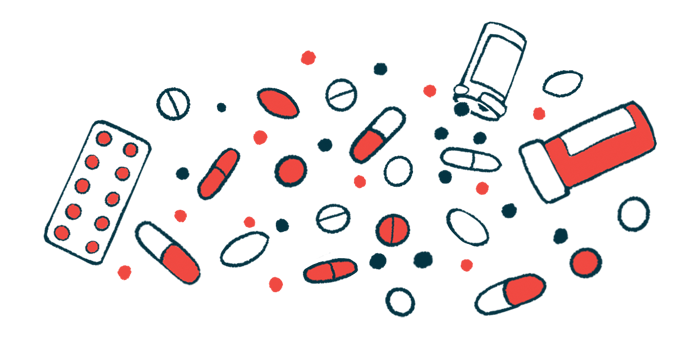SMA Patients Value Medicines That Improve Motor Function, Study Says

When it comes to treatments, people with spinal muscular atrophy (SMA) types 2 and 3 place a lot of value on medications that can stabilize or improve breathing and motor function, according to a study.
Results also suggested a preference for oral treatments.
The study, “Patient and Caregiver Treatment Preferences in Type 2 and Non-ambulatory Type 3 Spinal Muscular Atrophy: A Discrete Choice Experiment Survey in Five European Countries,” was published in PharmacoEconomics. It was funded by Roche.
As new therapies for SMA are being developed and approved, it’s helpful for researchers, policymakers, and other stakeholders to understand which aspects of treatment are most important for patients. A common way to do this is through a discrete choice experiment survey, which basically involves asking patients to make choices between two hypothetical treatments with different attributes — for example, a high-efficacy medicine with a high risk of side effects, versus a less effective but safer treatment.
Here, a quintet of researchers conducted such a study to understand treatment preferences in people with SMA type 2 or those with SMA type 3 who cannot walk. The survey was answered by 65 people: 18 from Portugal, 17 from the Netherlands, 12 from Finland, 11 from Ireland, and seven from Belgium. Respondents either were patients themselves or a caregiver answering on the patient’s behalf.
The patients ranged in age from 1 to 62 years, about half were male, and about two-thirds had type 2 disease. Most patients were able to sit unassisted but couldn’t stand or walk unassisted; over 90% used a wheelchair. Most patients — more than 80% — did not require mechanical ventilation to help them breathe.
Results showed that, all else being equal, patients were 4.8 times more likely to choose a treatment that stabilized motor ability and 8.1 times more likely to pick one that improved motor function, compared with a treatment that worsened motor function.
“The extent to which participants were willing to make trade-offs increased in stepwise fashion from stable to improved motor function, compared with worse motor function,” the researchers wrote.
Similarly, patients were 4.3 times and 5.8 times more likely to choose a treatment that stabilized or improved breathing, respectively, compared with one that worsened breathing.
“Participants valued stable breathing function and stable motor function similarly. However, they appeared to value better breathing function less than better motor function,” the investigators wrote.
The team noted that, since most of the patients could breathe without help but needed assistance getting around, “it is evident why they would place a high value on maintaining or improving their motor function and maintaining breathing function, but not necessarily improving breathing function.”
Mode of administration also was important. Patients were about 80% more likely to prefer a medicine taken by mouth once per day, compared with one given by intrathecal (into-the-spine) injection once every four months.
Expectedly, patients generally favored hypothetical medications with less severe side effects. The researchers noted that liver damage was particularly avoided.
Patients were more than twice as likely to prefer a medication whose efficacy has been proven in SMA types 1, 2, and 3, compared with a medicine that’s only been tested in type 1. However, there was no difference in preference between a medication tested in types 1 and 2 and one tested in types 1, 2, and 3.
“The study results showed that treatment effectiveness, as indicated by stabilised or improved motor and breathing function, was most important to patients and caregivers,” the researchers concluded.
“Avoiding intrathecal injections, treatments associated with risk of liver injury, and treatments with no demonstrated efficacy in people with their SMA type were also relevant, albeit less important,” they added.







